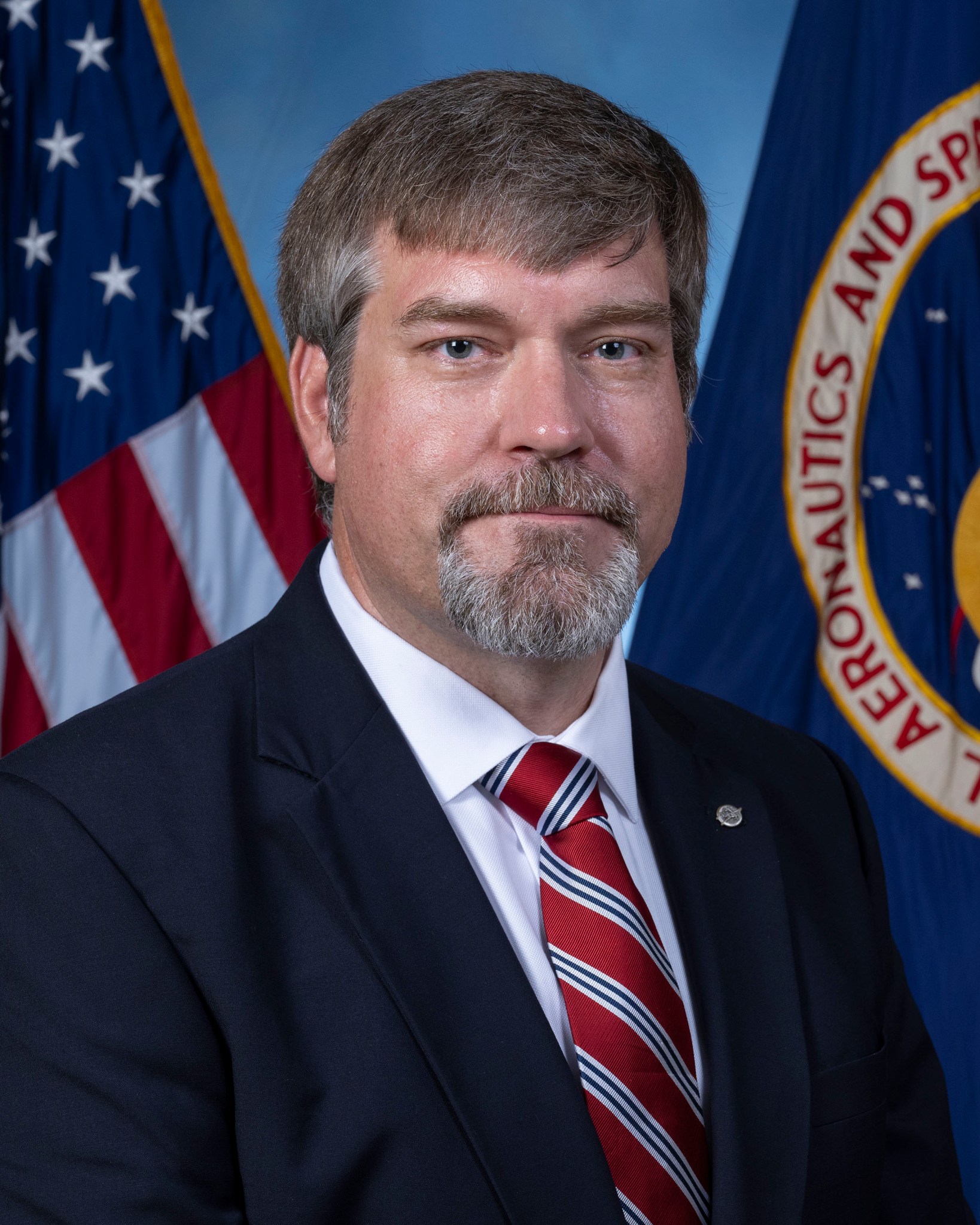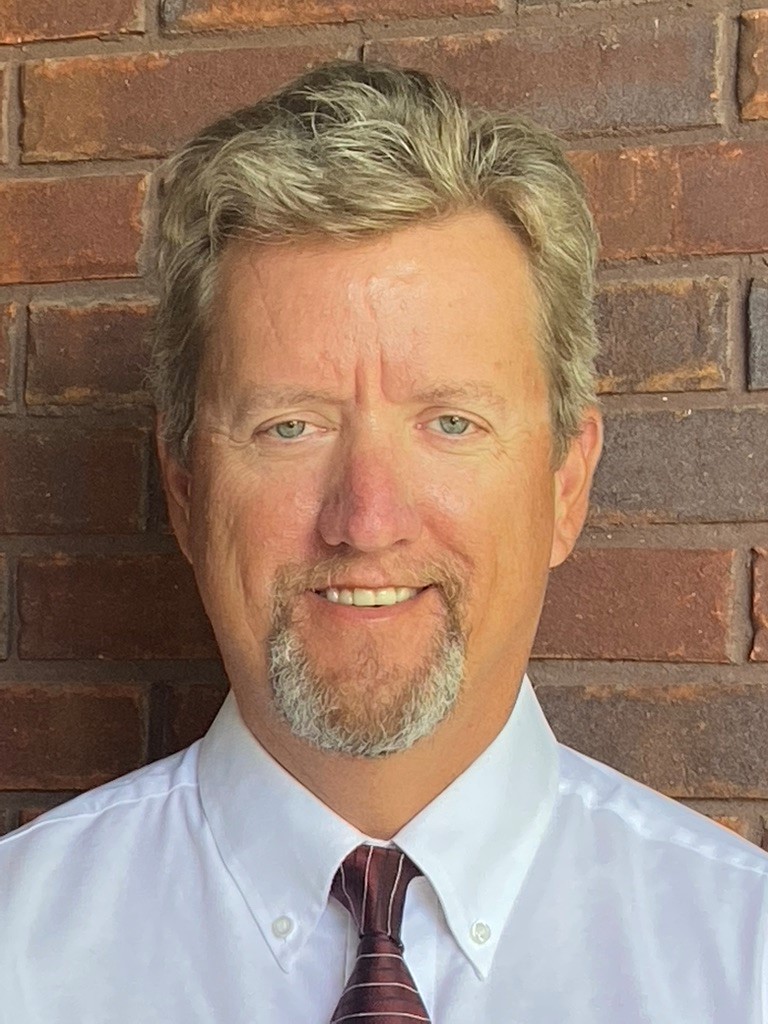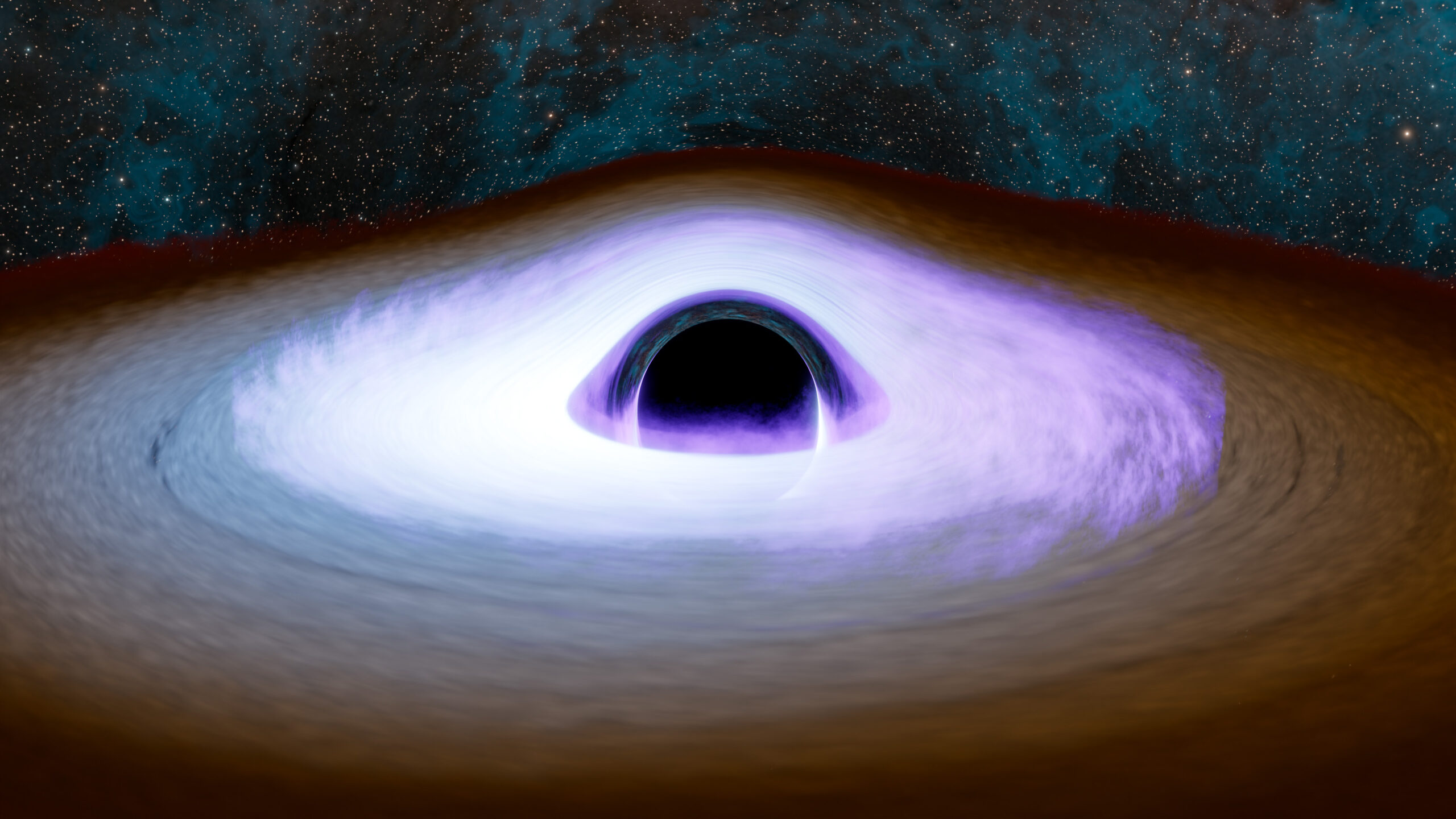 Editor’s Note: Starting Nov. 4, the Office of Communications at NASA’s Marshall Space Flight Center will no longer publish the Marshall Star on nasa.gov. The last public issue will be Oct. 30. To continue reading Marshall news, visit nasa.gov/marshall.
Editor’s Note: Starting Nov. 4, the Office of Communications at NASA’s Marshall Space Flight Center will no longer publish the Marshall Star on nasa.gov. The last public issue will be Oct. 30. To continue reading Marshall news, visit nasa.gov/marshall.
Habitation Systems Business Unit Spotlight: Living and Working in Space For centuries, humans have dreamed of the ability to live safely on the Moon and Mars. At NASA’s Marshall Space Flight Center, team members supporting habitation systems development bring that dream closer to reality by envisioning and shaping humanity’s future in deep space and on the surface of other worlds.
Marshall’s Habitation Systems business unit – the center’s featured organization for October – develops the next generation of habitation systems to make living and working in space and on planetary bodies possible. These efforts are carried out through the Habitation Systems Development Office, in which the team works across programmatic and engineering organizations to support formulation activities for planetary surface habitation (Moon and Mars), transit habitats for deep space exploration, and the Gateway program. In addition, the Marshall team collaborates with commercial partners on future habitation concept development and risk reduction activities through NextSTEP Appendix A: Habitation Systems and Reimbursable Space Act Agreements.
 Seth BellNASA Seth Bell is currently the technical monitor for NASA’s commercial partner Sierra Space. Sierra has executed both full scale and subscale inflatable habitat burst tests at Marshall’s East Test Area. Bell has worked as a subsystem manager for the Mars Ascent Vehicle and as a system’s engineer and Engineering Directorate integrator.
Seth BellNASA Seth Bell is currently the technical monitor for NASA’s commercial partner Sierra Space. Sierra has executed both full scale and subscale inflatable habitat burst tests at Marshall’s East Test Area. Bell has worked as a subsystem manager for the Mars Ascent Vehicle and as a system’s engineer and Engineering Directorate integrator.
“I am excited to eventually see softgood inflatables in low Earth orbit,” Bell said. “Seeing the success of the many teams working in this office is exciting, especially after developing so many lasting relationships and putting so much time and energy into this work.”
 Yancy YoungNASA Since joining NASA in 2008, Yancy Young has served in multiple positions, including manager of several International Space Station research projects and Launch Package manager for Gateway Co-manifested Payloads. Currently, Young is the technical monitor for Boeing efforts under NASA’s NextSTEP Appendix A Broad Agency Announcement (BAA) for the development of deep space habitation concepts.
Yancy YoungNASA Since joining NASA in 2008, Yancy Young has served in multiple positions, including manager of several International Space Station research projects and Launch Package manager for Gateway Co-manifested Payloads. Currently, Young is the technical monitor for Boeing efforts under NASA’s NextSTEP Appendix A Broad Agency Announcement (BAA) for the development of deep space habitation concepts.
“I love being a part of laying the foundation for long term deep space exploration,” Young said.
Boeing’s current focus is a Design Analysis Cycle investigating the benefits and challenges of using composite materials in a pressurized Lunar Surface Habitat.
 Brooke ThorntonNASA In her 25-plus years at NASA, Brooke Thornton has worked on everything from ionized space radiation analysis to Earth observing satellites. Currently, Thornton is the industry engagement manager for the Habitation Systems Development Office and Strategy and Architecture Office. Thornton manages NextSTEP-2 Appendix A-Habitation Systems and Appendix R-Logistics and Mobility Systems BAA. In addition, Thornton fosters collaboration between industry and NASA for the Moon to Mars mission.
Brooke ThorntonNASA In her 25-plus years at NASA, Brooke Thornton has worked on everything from ionized space radiation analysis to Earth observing satellites. Currently, Thornton is the industry engagement manager for the Habitation Systems Development Office and Strategy and Architecture Office. Thornton manages NextSTEP-2 Appendix A-Habitation Systems and Appendix R-Logistics and Mobility Systems BAA. In addition, Thornton fosters collaboration between industry and NASA for the Moon to Mars mission.
“I am excited about working with industry to develop the elements and concepts of operations for humans to live on the Moon and beyond,” Thornton said.
Team Members Enjoy Marshall Exchange BBQ Fest

